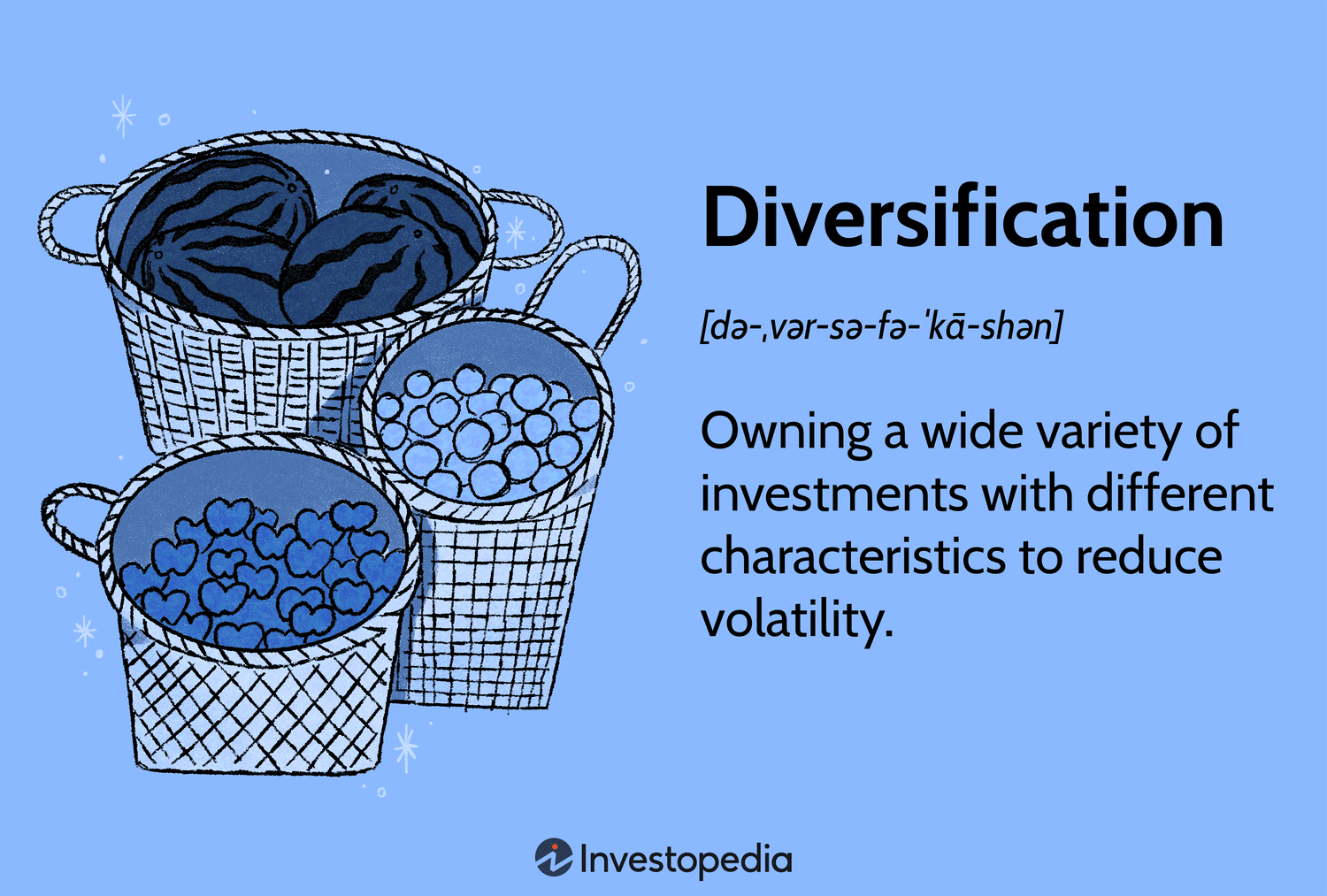Retirement Investing: Minimizing Risk, Maximizing Returns
Embark on an exhilarating journey with this ultimate guide to retirement investing. Unearth the secrets to minimizing risk while maximizing returns. A thrilling exploration awaits you. Read on!
Comprehending the Risk and Return
Risk and reward are two sides of the same coin when it comes to investing. Risk is usually correlated with larger returns, and vice versa. Making wise financial decisions requires an understanding of the link between risk and return. Achieving a balance between protecting capital and producing enough income to maintain one's lifestyle is frequently the aim of retirees.
Various asset types offer different risk and return characteristics, including stocks, bonds, and real estate. For example, stocks are more volatile than other investment options but typically yield larger returns over time. Bonds, on the other hand, yield smaller returns but are typically safer. A well-diversified portfolio can maximize returns while reducing risk.

Establishing Retirement Objectives
Establishing your retirement objectives is crucial before you begin saving for them. These objectives will direct your investment approach and assist you in figuring out the right amount of risk. When determining your retirement objectives, take into account the following factors:
- Time Horizon: Your investment plan will be greatly influenced by the number of years you have left till retirement. A more aggressive strategy can be implemented with a longer time horizon, whilst a more conservative approach might be necessary with a shorter time horizon.
- Risk Tolerance: This refers to how eager and able you are to put up with changes in the market. Having a clear understanding of your risk tolerance will enable you to build a portfolio that complements your comfort zone.
- Legacy Objectives: Think about if you would prefer to give to a charitable organization or leave a financial legacy for your heirs. Your investment plan may be influenced by your legacy goals.

Diversification Is Essential for Reducing Risk
A key component of investment strategy is diversification, which is distributing your holdings throughout a range of industries, asset classes, and geographical areas. In order to minimize risk, diversification is to prevent any one investment from having an excessively large impact on your portfolio.
You can diversify your retirement portfolio in a number of ways:
- Asset Allocation: This refers to allocating your money among several asset types, including cash, bonds, and stocks. Your time horizon, retirement objectives, and risk tolerance will determine the right asset allocation.
- Geographic diversity: Investing in global markets might offer further benefits related to diversity. Diversification across borders lessens the effect of economic downturns in any one nation.
- Investment Style: Spread your investments among a variety of approaches, including dividend, growth, and value investing. The performance of each style varies according on the state of the market.

Retirement Investment Strategies
As you get closer to and into retirement, there are a number of financial techniques that can help you reduce risk and optimize rewards. These tactics must be customized to your unique objectives, time frame, and level of risk tolerance.
Investing with Tax Efficiency
Investing tax-efficiently is arranging your holdings to reduce the effect of taxes on your profits. When making financial decisions, it's crucial to take taxes into account as they can drastically reduce your returns.
The following are some methods for investing that minimize taxes:
- Tax-Advantaged Accounts: Make contributions to accounts that are tax-favored, like IRAs, Roth IRAs, and 401(k)s. These accounts can help you optimize your retirement savings since they provide tax benefits like tax-deferred growth or tax-free withdrawals.
- Tax-Loss Harvesting: In order to balance capital gains from other assets, tax-loss harvesting entails selling investments that have lost value. You can lower your total tax liability by using this strategy.
Market volatility Controlling
Although market volatility is a normal aspect of investing, retirees who depend on their assets for income may find it especially worrisome. Keeping a disciplined attitude and adhering to your long-term investing goal are essential to managing volatility.
The following advice can help you deal with market volatility:
- Maintain Diversification: Having a diversified portfolio can help lessen the effects of market volatility. A decline in any one area can be lessened by diversifying your investments across several asset classes and industries.
- Maintain a Cash Reserve: Keeping a cash reserve on hand might act as a safety net when the market is volatile. Without requiring you to liquidate investments at a loss, this reserve can cover living expenses.
Planning for Social Security and Retirement Income
For many Americans, Social Security benefits play a vital role in their retirement income. Your retirement income plan may be greatly impacted by knowing how to optimize your Social Security benefits.
- Delay Filing Benefits: Social Security benefits can begin to be paid as early as age 62; but, if you file before reaching full retirement age (FRA), your payments will be lowered. Your monthly benefit might climb by up to 8% annually if you wait until you are 70 years old.
Estate Considerations and Legacy Planning
Making a strategy for the distribution of your assets upon death is known as legacy planning. It's a crucial component of retirement planning, particularly if you wish to help charity organizations or leave your heirs with a financial legacy.
- Make a Will: A will is a legal document that specifies the distribution of your possessions upon your passing. Your assets will be allocated in accordance with state law in the absence of a will, which might not reflect your preferences.
Collaborating with a Financial Consultant
Working with a financial advisor can assist you in navigating the many decisions you'll need to make throughout retirement planning, which can be a complex process. A financial advisor can help you create a thorough retirement plan, offer tailored guidance, and ensure that you stay on course to reach your objectives.
You May Also Like:







